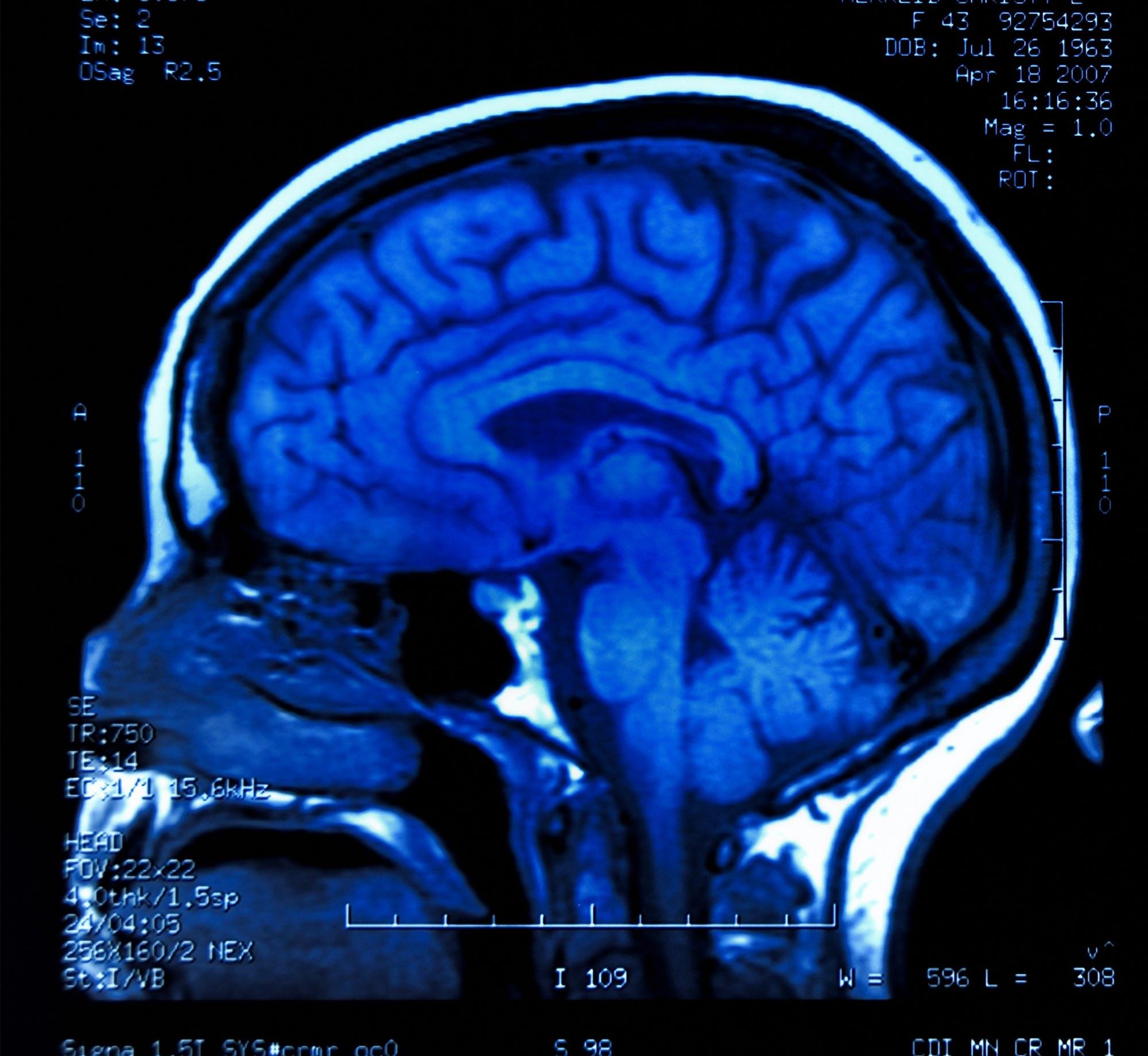A Chinese research team has developed the world’s smallest and lightest known untethered terrestrial-aerial microrobot capable of transforming into various desired shapes, expected to replace humans in performing a wide range of tasks in complex and hazardous environments.
The robot measuring 9 centimeters in length and 25 grams in weight can operate flexibly on land and in the air with a top speed of up to 1.6 meters per second on the ground, according to the research team from Tsinghua University.
The research team has recently developed a thin-film-shaped small-scale actuator that enables microrobots to continuously transform their shape and “lock” into specific configurations — much like a Transformer — enhancing their ability to adapt to different environments.







